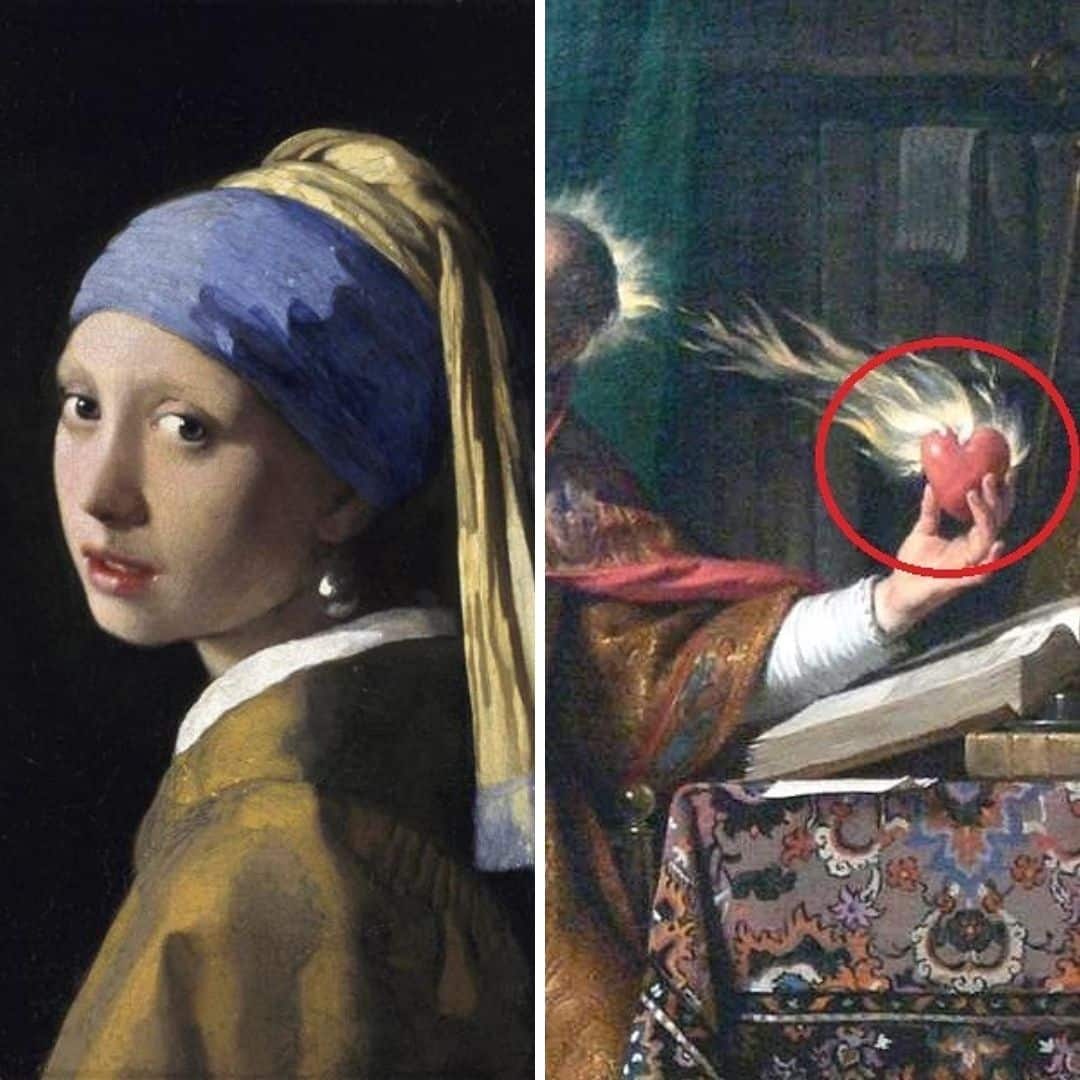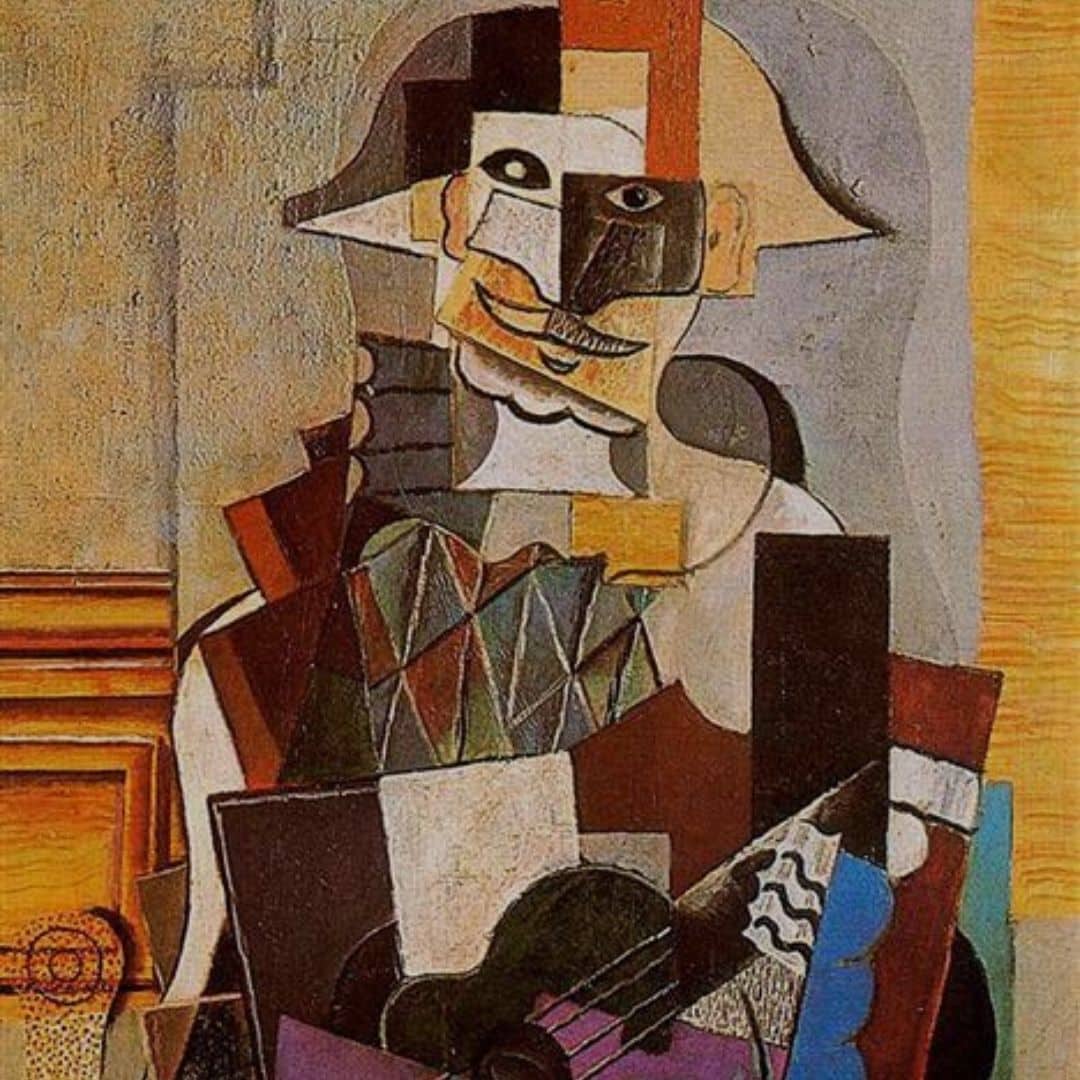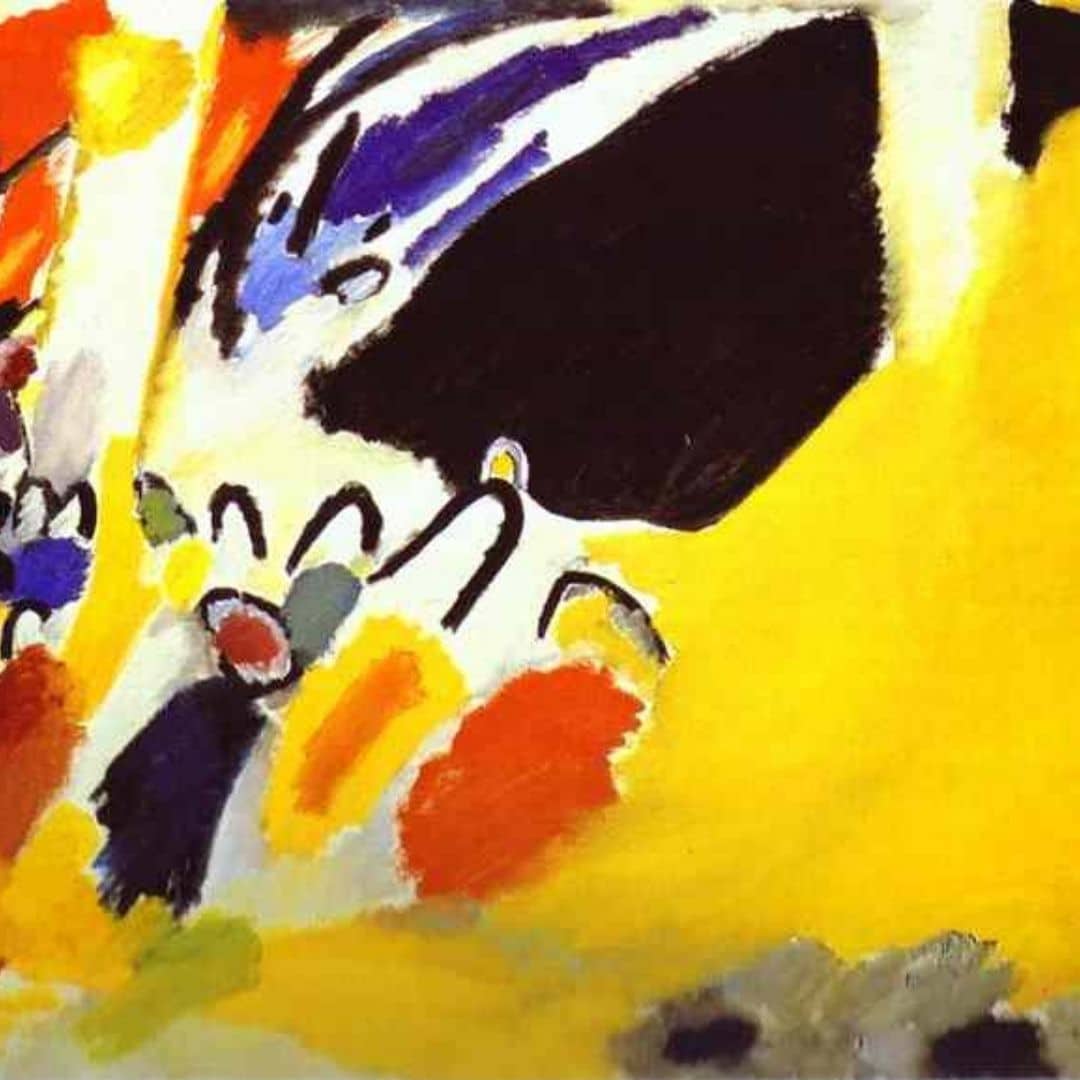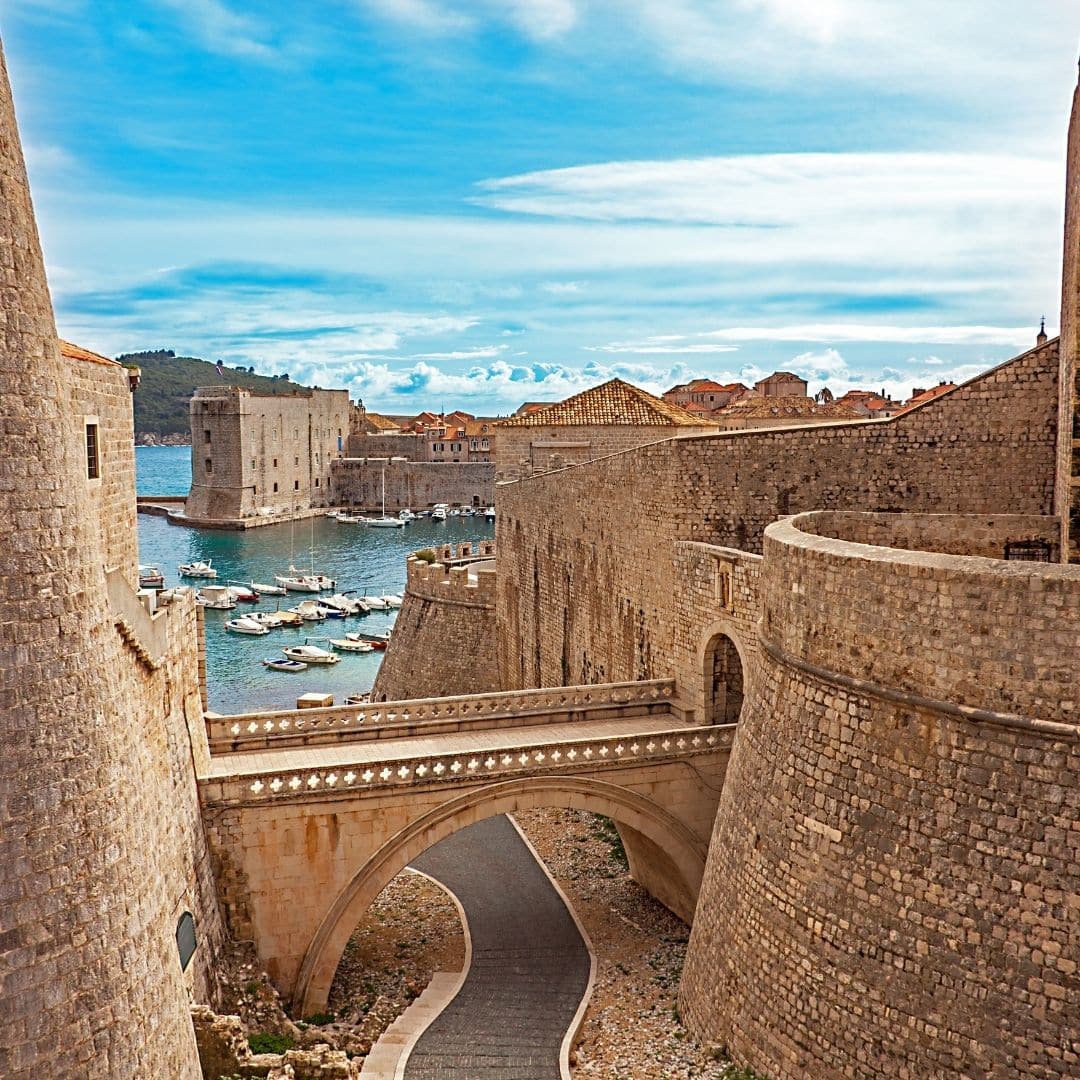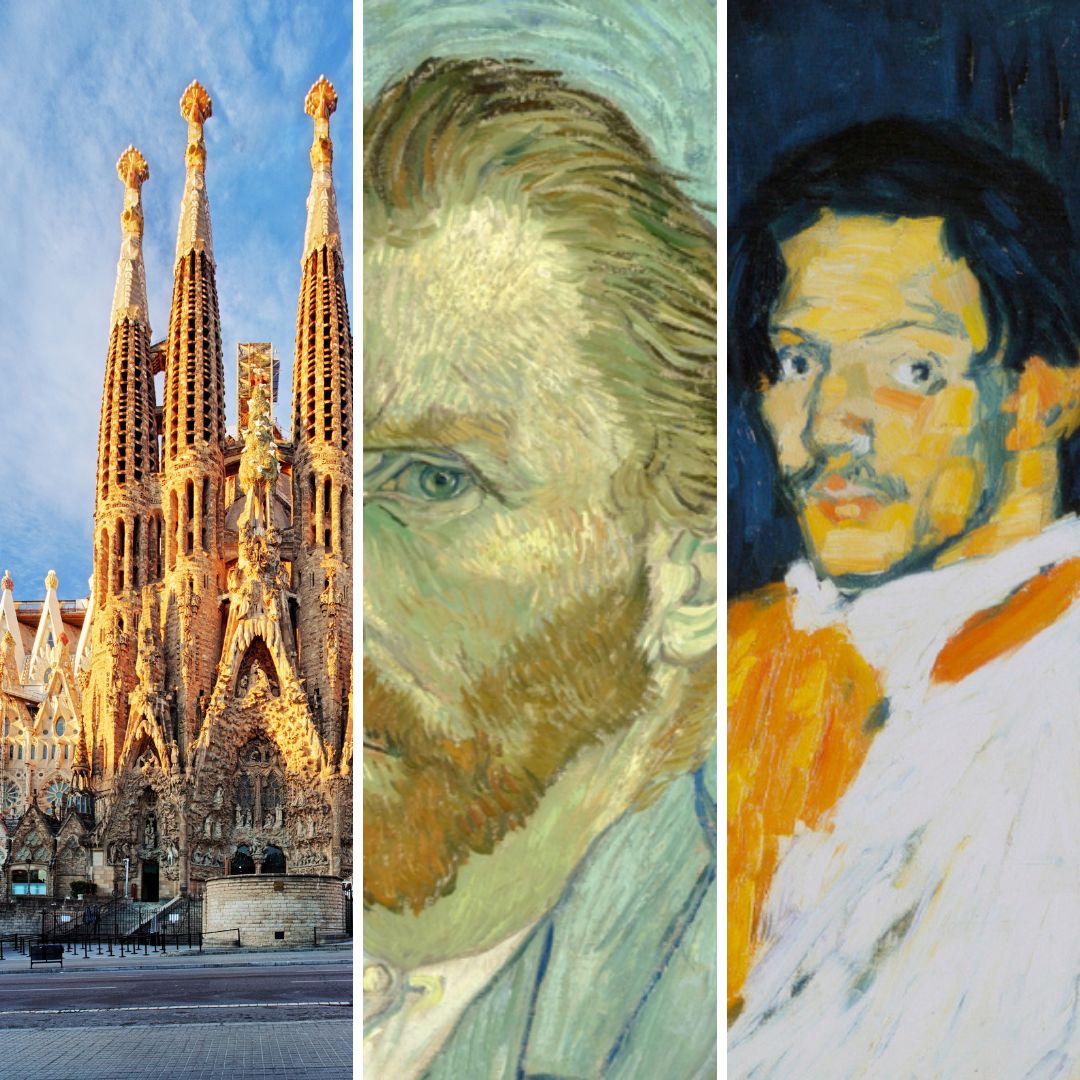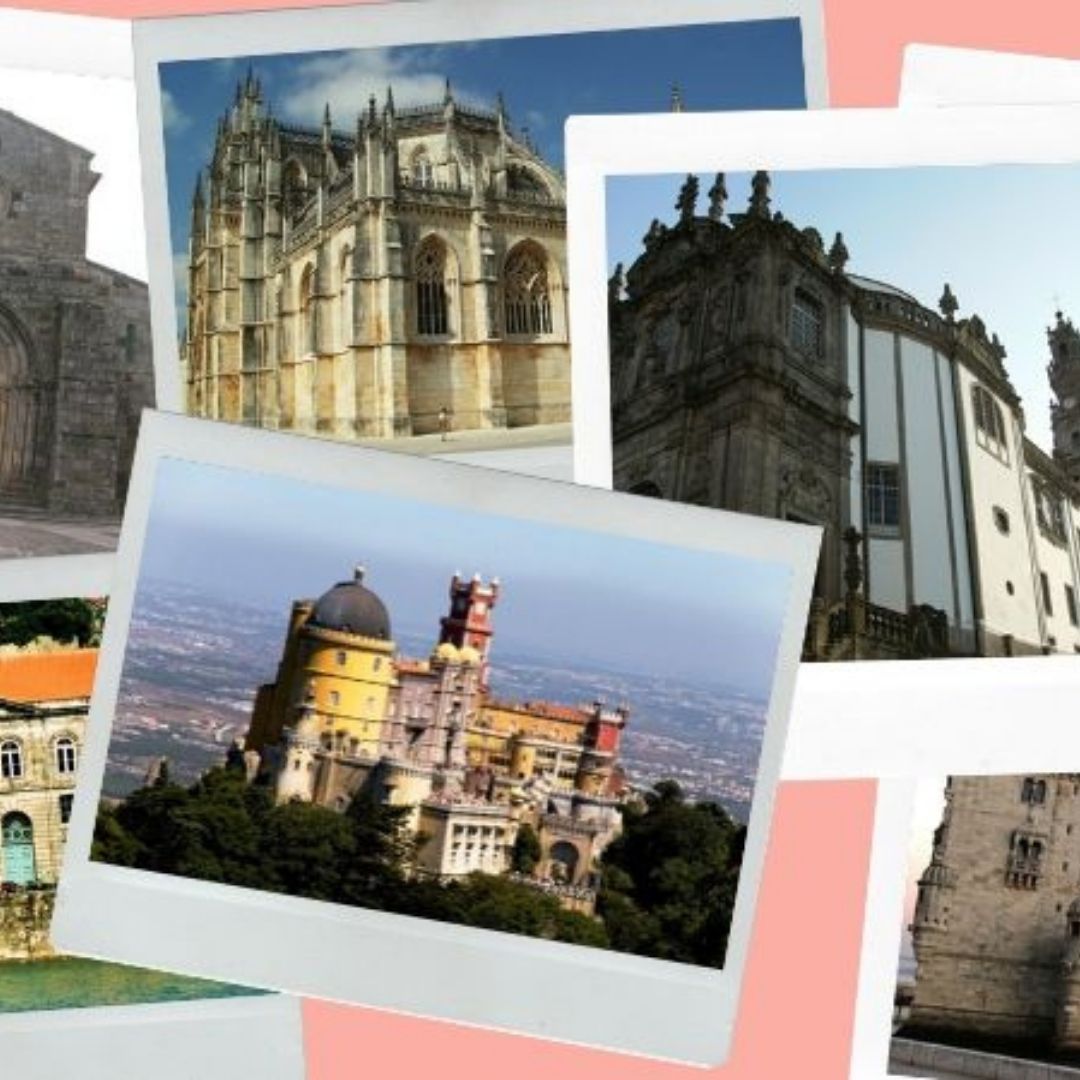Get to know the main characteristics of Gothic Architecture and the 3 key attributes of the gothic style.
Gothic architecture is one of the most widely-recognized architectural styles in the world. Beginning in France around 1140 CE and spreading throughout Europe over the next four centuries, it’s practically synonymous with the European Middle Ages.
But what are the characteristics of Gothic – the 3 key attributes that make gothic style so fascinating?
By Alexandra Kiely | Online course Gothic Arhitecture.
Gothic is closely associated with churches, like Notre Dame in Paris, Canterbury Cathedral in England, and Cologne Cathedral in Germany.
In fact, nearly all the great medieval cathedrals were built in the Gothic style, and it’s still common for churches all over the world even today.
The word “Gothic” often calls to mind steep spires, soaring vaults, beautiful stained glass, and mysterious gargoyles.
Characteristics of Gothic

The choir of Saint Denis
The new choir that Suger had built for Saint Denis was the first Gothic structure.
As you can see in the picture above, is different in many ways from the Romanesque churches. It is light, airy, and filled with large windows. Instead of thick walls and massive columns, only thin piers support the soaring vault  above.
above.
It’s a great example of Gothic’s three key attributes.
-
Verticality
In Gothic, everything emphasizes verticality. Long, spender columns and elongated arches draw the eyes up to the soaring vaults.
The vaults are higher, but the architecture is also designed to make you look up, and that emphasizes their height even more.
By contrast, Romanesque’s wide arches and broad columns emphasize horizontal features.
-
Lightness
Gothic churches have large and plentiful windows of beautiful stained glass.
Stained glass doesn’t let in tons of light, but it does fill the church with brilliant colors.
-
Weightlessness
Unlike the solid and earthbound Romanesque, Gothic architecture seems to be light as a feather. The vaults almost appear to stay up by magic, with only stained glass and thin columns below.
In some Gothic buildings, it seems as though that there’s more glass than stone.
But how was this possible?
Get to know this and so much more through our course Gothic Architecture.

